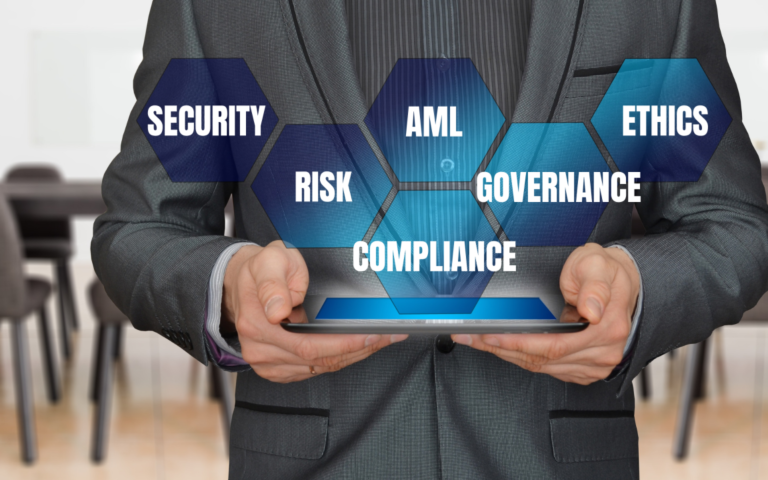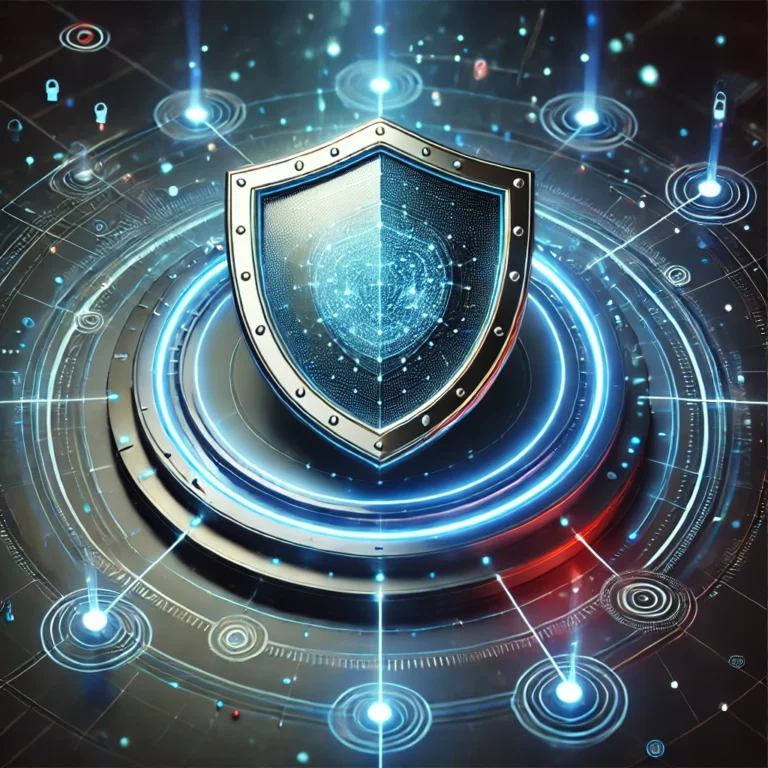Explore Careers in Cybersecurity
Curious about a future in cybersecurity? Here are some exciting paths you can take:

Security Architect
Role Overview: Security Architects design and implement security solutions to protect an organization’s IT infrastructure from cyber threats. Key Responsibilities:• Develop and maintain cybersecurity architecture frameworks.• Design and oversee security solutions for networks, cloud, and applications.• Conduct threat modeling and

Governance, Risk, and Compliance (GRC) Analyst
Role Overview: GRC Analysts ensure that organizations follow cybersecurity policies, manage risks, and comply with industry regulations. Key Responsibilities:Develop and maintain cybersecurity policies and risk frameworks.• Conduct security audits and risk assessments.• Ensure compliance with regulations (ISO 27001, NIST, SOC

Digital Forensics Analyst
Role Overview: Digital Forensics Analysts investigate cybercrimes, analyze digital evidence, and assist in legal proceedings related to data breaches and cyber incidents. Key Responsibilities:• Conduct forensic investigations on compromised systems and networks.• Recover deleted, encrypted, or corrupted data.• Analyze malware

Cloud Security Engineer
Role Overview: Cloud Security Engineers protect cloud environments (AWS, Azure, Google Cloud) from security threats and misconfigurations. Key Responsibilities:• Implementing security policies and controls for cloud infrastructure.• Monitoring cloud security risks and compliance requirements.• Managing Identity and Access Management (IAM)

Penetration Tester (Ethical Hacker)
Role Overview: Penetration Testers, also known as Ethical Hackers, simulate cyberattacks to identify vulnerabilities before malicious hackers do. Key Responsibilities:• Conducting vulnerability assessments and penetration tests.• Exploiting weaknesses in networks, applications, and hardware.• Writing detailed reports on security flaws and

Security Operations Center (SOC) Analyst
Role Overview: SOC Analysts monitor and respond to security incidents within an organization, acting as the first line of defense. Key Responsibilities:• Monitoring network and system logs for suspicious activity.• Investigating security incidents and escalating threats when necessary.• Using SIEM


